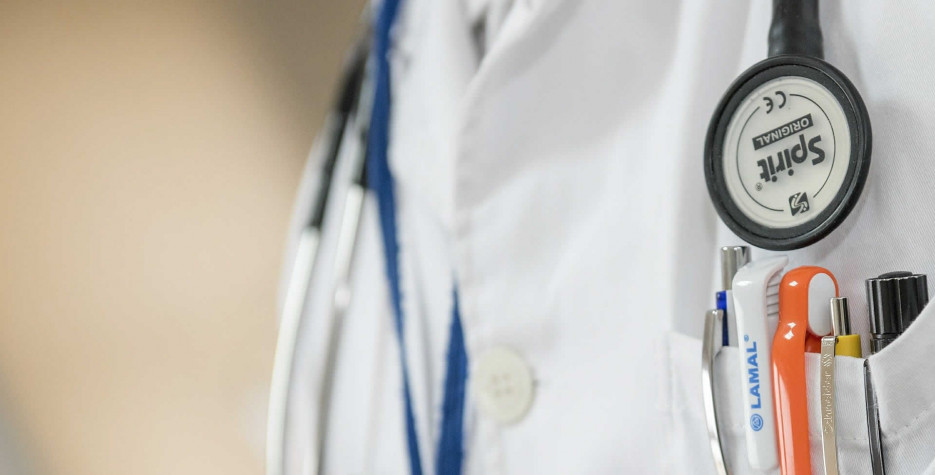About National Mammography Day
Mammograms are a hugely important aspect of Breast Cancer Awareness Month, as millions of women across the globe are encouraged to attend Mammography screenings as part of the defence against developing breast cancer.
What Is a Mammogram?
A mammogram is an X-ray exam of the breast used to detect and diagnose breast cancer or other breast disorders. The procedure is typically performed on an outpatient basis, and takes about 20 to 30 minutes to complete.
During the exam, a woman's breast is placed on a special plate and compressed with a clear plastic plate. Compression helps to spread out the breast tissue, making it easier to detect any abnormalities. The X-ray images are then taken, usually two views of each breast, one from the top and one from the side.
Mammograms are usually recommended for women over the age of 50, or for women of any age who are at a higher risk of breast cancer. Women with a family history of breast cancer, or those who have certain genetic mutations, such as BRCA1 or BRCA2, may need to start mammograms at a younger age.
Mammograms can detect small tumors or abnormalities that may not be felt during a breast exam, and can help to diagnose breast cancer at an early stage. While mammograms are not perfect and can sometimes produce false-negative or false-positive results, they remain an important tool in the early detection and diagnosis of breast cancer.
Similar Observances
World AIDS Day
Read More
Other Observances on October 16th 2026
World Bread Day 🍞
Read More
Developmental Language Disorder Day
Read More










